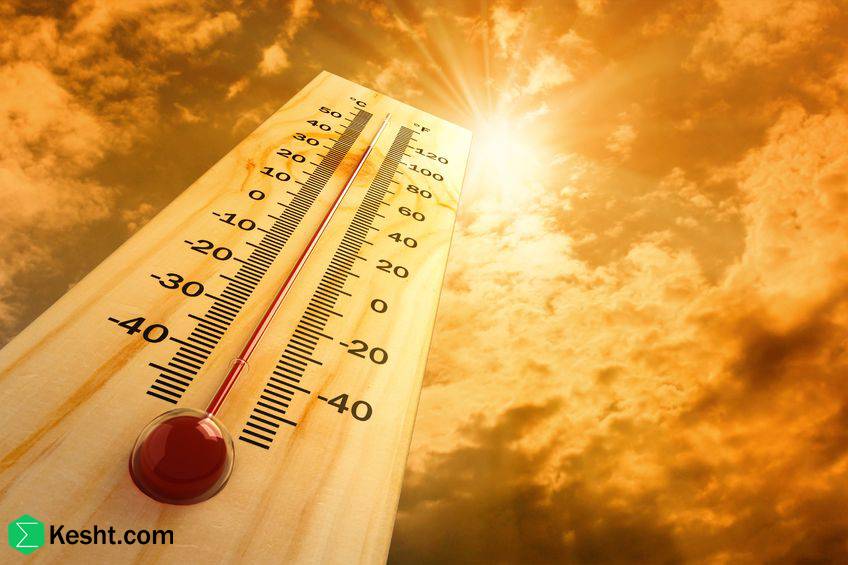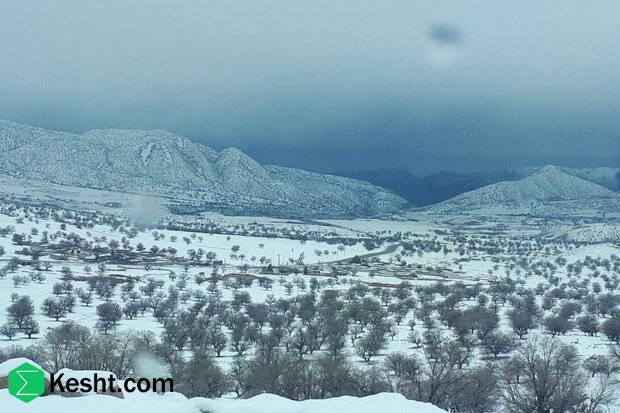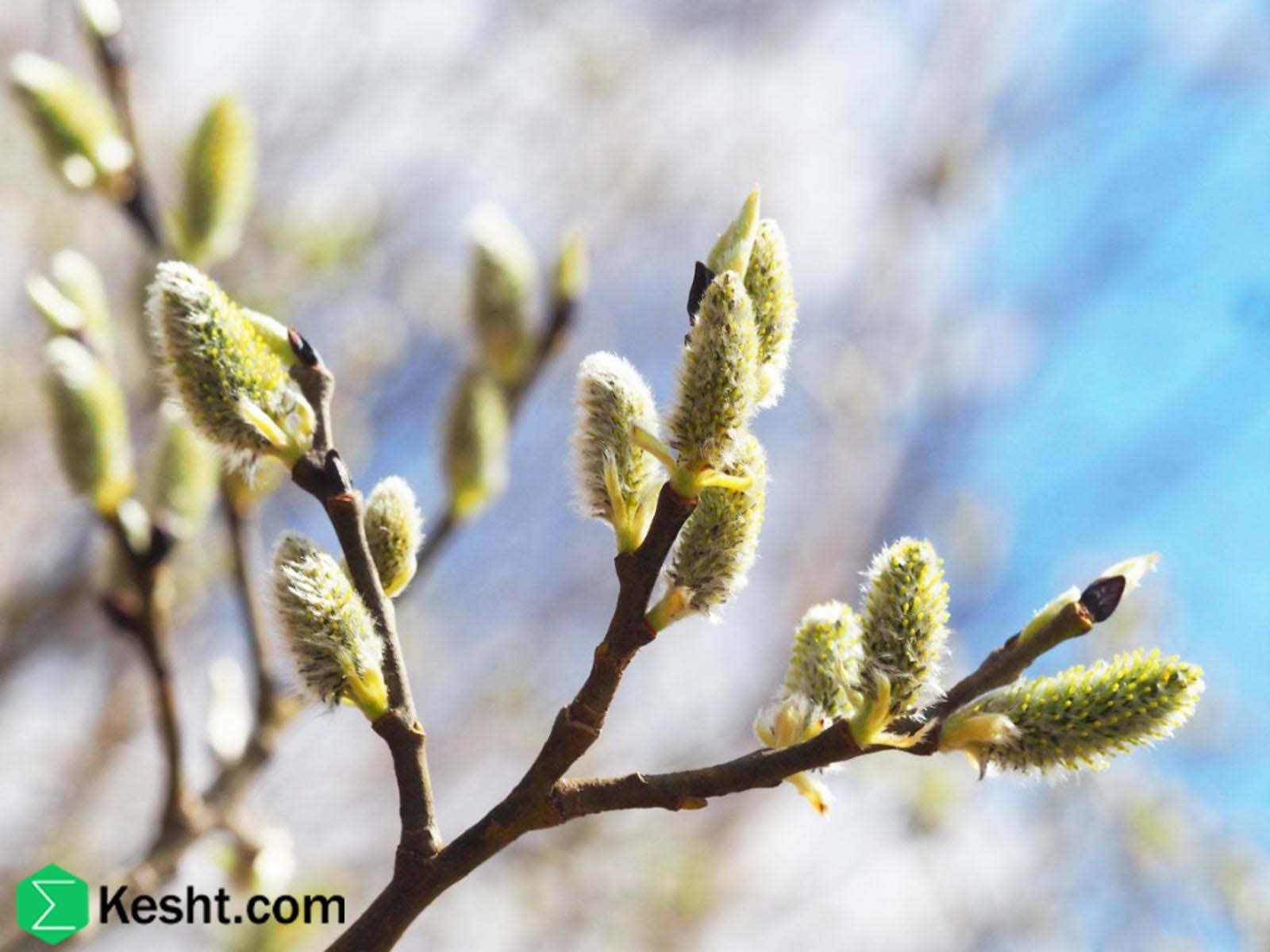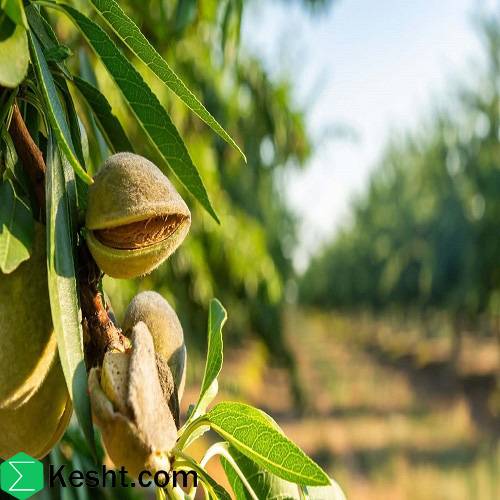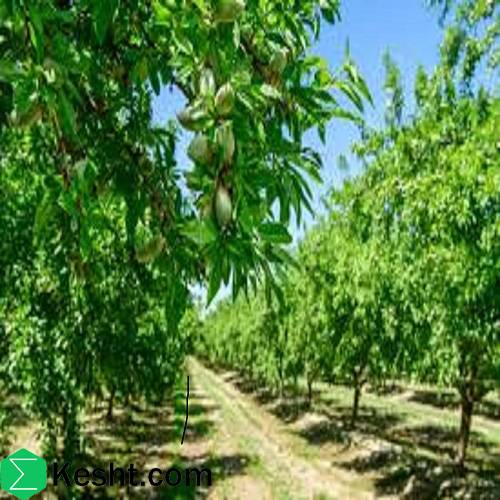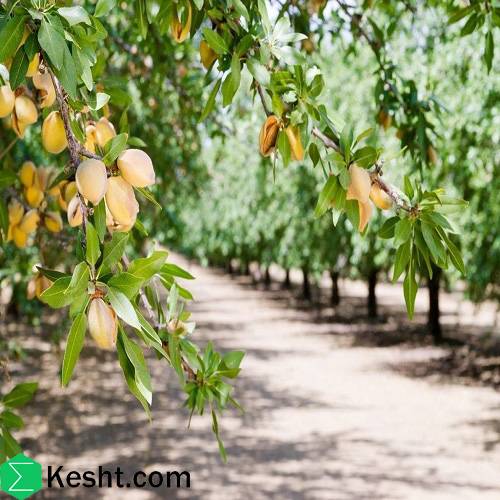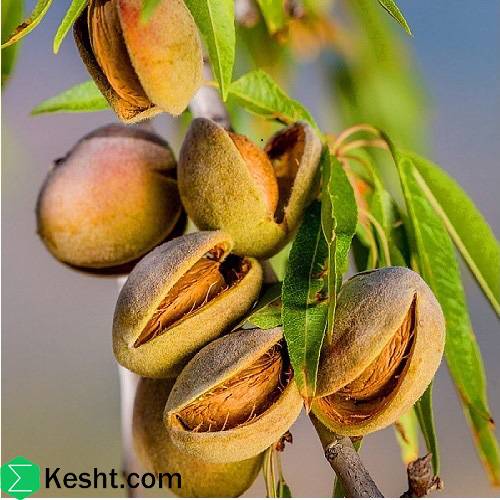Heat waves: why they matter to nursery owners and how to fight them
A complete, structured, and practical guide focused on saplings and nursery operations
Overview
For a nursery owner, a heat wave is not just bad weather; it’s a direct threat to inventory, cash flow, reputation, and business continuity. Dense collections of young, containerized plants are far more vulnerable than field‑established trees. Winning against heat waves requires early warning, pre‑season preparation, fast operational responses, and smart aftercare.
What is a heat wave and why is it dangerous for saplings?
- Definition: A period of abnormally high temperatures (typically >35–40°C) lasting days to weeks, often paired with low humidity, hot winds, and water scarcity.
- Why saplings suffer: Young plants (especially in year 1) have shallow/weak root systems, high leaf area to root mass, and limited water/energy reserves. Container media and black pots heat quickly; root zones can exceed air temperature by 10–20°C.
Section 1) Impacts of heat waves on saplings
1) Evapotranspiration spikes
- High temperature + hot wind + low RH = rapid leaf water loss → roots cannot keep up → physiological wilting.
2) Leaf and stem scorch
- Direct, intense sun + hot air → sunburn on thin leaf tissues and tender bark, especially without shade.
3) Photosynthesis and respiration disruption
- Above ~38–40°C, photosynthetic enzymes down‑regulate; growth stalls and energy balance worsens.
4) Death of feeder roots
- Root‑zone > ~35°C damages/kills fine absorbing roots → impaired water/nutrient uptake for weeks.
5) Disease and pest susceptibility
- Heat‑stressed plants are more prone to opportunistic fungi (e.g., Botrytis, Fusarium) and mites/scale; ant activity often increases on honeydew.
Section 2) Why countering heat waves is “mission‑critical” for nurseries
- Protect your capital: 20% mortality in a single event can erase a season’s profit and years of propagation effort. Heat‑damaged roots “cook” in hot pots and take weeks to recover—if at all.
- Preserve quality and brand: Surviving but stressed stock is often weak, malformed, and disease‑prone—hurting customer trust and returns.
- Prevent schedule disruption: Summer losses delay fall/winter deliveries for reforestation/landscape projects.
- Control emergency costs: Last‑minute night irrigations, ad‑hoc covers, and overtime crews are costly; planned systems are cheaper and more effective.
- Operating costs: Heat waves drive up water use and energy (fans/pads), and require more labor for frequent irrigation and monitoring.
Section 3) Countermeasures—preventive and reactive
A) Smart irrigation management
- Frequency up, volume per set controlled:
- Water at cool hours: early morning (before 07:00) and evening (after 18:00).
- Add one deep irrigation per week to push moisture below the hot surface and encourage deeper rooting.
- Methods:
- Drip/micro for containers and benches; pulse short sets to keep media evenly moist without leaching away nutrients.
- Misting/fogging at midday (12–15) for evaporative cooling where water quality allows.
- Water quality cautions:
- Saline/alkaline water sprayed on foliage can cause burn; prefer root‑zone delivery or flush foliage later with clean water.
- Lower fertigation EC during heat spikes (target solution EC near the low end of your normal range).
B) Mulching and ground covers
- Organic mulch (5–10 cm) around in‑ground stock; keep 10 cm off trunks.
- Reflective covers: white/blue plastic or light gravel in arid beds to lower soil temperatures by 5–8°C.
- For containers:
- Use light‑colored pots or sleeves; double‑potting (pot‑in‑pot) reduces heat load.
- Elevate pots off hot concrete/asphalt; use white weed‑fabric under benches.
C) Temporary shade
- Shade nets: 30–50% for sun‑lovers; 50–70% for shade‑tolerant/sensitive stock. Aluminized nets reflect IR and run cooler.
- Deploy quick structures: hoops, umbrellas, or suspended white cloth over the hottest exposure.
- Orient shade and open sides to prevailing winds for ventilation; avoid heat traps.
D) Canopy cooling (fogging/overhead sprinkling)
- Short fog cycles at peak heat can drop leaf temperature 5–7°C.
- Strict water quality rule: if EC/Cl– are high, avoid leaf wetting or rinse with clean water later. Never drench to runoff during peak sun (lens effect + burn risk).
E) Biostimulants and anti‑stress aids
- Foliar (in cool hours): amino acids (e.g., proline blends), seaweed extracts (Ascophyllum nodosum), potassium, and silicon can stabilize membranes, improve osmotic balance, and reduce stress signals.
- Particle films: kaolin (3–5%) reflects radiation and lowers leaf temperature; reapply after heavy rain/overhead irrigation.
- Do not use heavy oils during heat waves.
F) Container and layout tweaks
- Widen spacing a bit to improve airflow (reduce boundary‑layer heat), while keeping shade nets in place.
- Group the most heat‑sensitive species under higher shade and near water sources.
- Delay up‑potting and transplanting until the wave passes.
G) Greenhouse set‑points and hardware
- Fans and pads: service before summer; ensure pad wetting uniformity and target 0.3–0.5 m/s air speed through crop.
- Fog nozzles: ultra‑fine droplets (<50 μm) cool air without leaf wetting.
- Night purge: run fans in the evening to dump accumulated heat.
- Add shade cloth (30–50%) to roofs/south–west walls.
H) Early warning and monitoring
- Install temperature/RH sensors at plant height; add a simple leaf‑temperature IR thermometer.
- Use weather apps with hourly forecasts; track wet‑bulb and VPD (action thresholds below).
- Daily logs of wilt/sunburn signs let you escalate before losses occur.
Action thresholds (typical)
- Max air ≥ 38–40°C, leaf temp ≥ 45°C, media temp ≥ 35°C, or VPD ≥ 2.5–3.0 kPa → escalate to Level‑2 actions (extra shade, midday fog, add an evening pulse, reduce fertigation EC).
Section 4) Heat‑wave Operations Plan (nursery SOP)
| When | Actions |
| Pre‑season (spring) | Service pumps/fans/pads; install/verify sensors and alerts; stock shade nets and mulch; test mist/fog lines; train staff and write start/stop rules. |
| 3–5 days before event | Stage nets and anchors; pre‑wet beds (deep irrigation); switch to light EC fertigation; group sensitive stock under higher shade; fill tanks; check backup power. |
| Each hot day (Tmax ≥ 38°C) | Irrigate at dawn; midday fog/mist (short cycles) if water allows; evening irrigation pulse; patrol every 2–3 h for scorch/wilt; measure pot/media temps. |
| Nights (hot nights) | Run short drip pulses to prevent dry‑down in small pots; purge greenhouse heat with fans. |
| After the wave | Inspect and triage; prune dead tips conservatively; apply preventative fungicide if needed; restore standard fertigation gradually (boost K/Ca, avoid heavy N); document lessons. |
Section 5) Consequences of ignoring a heat wave
| Consequence | What happens |
| Mass mortality | Especially in bare‑root or newly potted saplings; fastest in small, dark pots on hardstands. |
| Lower quality | Asymmetric growth, weak stems, latent disease issues; more returns/complaints. |
| Higher costs | Emergency water, overtime, replacement stock, extra plant health care. |
| Lost orders | Missed delivery windows for projects/contracts. |
| Reputation damage | Seen as an unreliable supplier. |
Section 6) Adapting to climate change—future‑proofing your nursery
- Plant palette: prioritize heat‑tolerant species/clones for hot regions (e.g., olive, fig, hardy Prosopis/Casuarina where appropriate).
- Infrastructure: permanent shade frames; better greenhouse cooling (pads/fans/fog); reflective groundcovers.
- Automation: smart controllers (soil moisture, VPD‑driven pulses), SMS alarms, data logging for audits.
- Risk transfer: evaluate crop/weather insurance and public programs.
- R&D partnerships: trial heat‑tolerant genotypes; refine anti‑stress programs.
First‑aid and aftercare
- Do:
- Move worst‑hit stock under higher shade immediately.
- Keep irrigation frequent and moderate; avoid waterlogging hot, low‑oxygen media.
- Apply kaolin/seaweed/Si in cool hours; add Ca/K support; maintain hygiene and scouting.
- Don’t:
- Pour heavy nitrogen right after injury (promotes soft, burn‑prone tissue).
- Foliar spray salts at midday or with poor water.
- Leave black pots on bare concrete/asphalt without insulation.
Three actions to implement now in hot‑risk sites
1) Apply mulch across nursery beds; use light‑colored groundcovers under container blocks.
2) Install 40% shade cloth over heat‑sensitive cohorts; build permanent frames if heat waves are frequent.
3) Shift irrigation to morning/evening with higher frequency; upgrade to smart/automated controls for pulse management and alerts.
